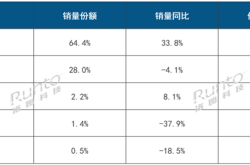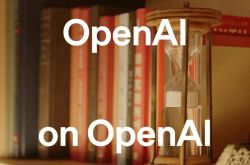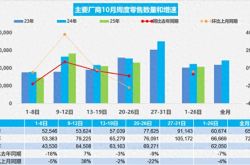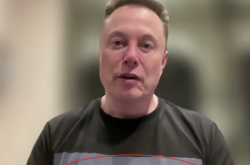The Auto Industry's Complexity Forces Intel to Exit First
![]() 06/26 2025
06/26 2025
![]() 836
836

Source: ByteSource
New leaders often usher in significant changes upon taking office, and Intel's new CEO, Pat Gelsinger, initiated his first major move by targeting the company's automotive business.
At the end of the second quarter, an internal memo announced the termination of this non-core division, marking the first public reduction in Intel's multi-month layoff plan.
On June 25, market rumors suggested that Intel would shutter its small automotive business and lay off most employees in this sector. Currently, Intel has confirmed this adjustment to the media.
This is not merely a routine business adjustment but a life-or-death "radical cure" amidst rapid changes in AI computing power and fierce competition from rivals. As NVIDIA's dominance cracks and AMD joins forces with OpenAI, Intel finds itself with limited time and space in the market.
01
A "Slimming Down" Self-Rescue for a Burdened Empire
'We are refocusing on our core customer and data center business portfolio to strengthen product supply and meet customer needs,' Intel's statement decisively announced the dissolution of the automotive business.
This department, which has never held a prominent position in financial reports, along with most of its employees, became the first casualty of the company's strategic contraction. Despite Intel's official website noting that 50 million vehicles worldwide use Intel processors and Intel's majority stake in Mobileye, an autonomous driving technology company, the decision to close the automotive business seems unlikely to directly impact Mobileye's operations.
Behind this lies the dire financial reality of the former chip giant. As of the end of 2024, Intel had a total of 109,000 employees. According to the company's financial report, Intel incurred a net loss of $18.8 billion (approximately RMB 137 billion) in 2024. Since 2022, Intel's revenue has been on a downward trend, with significantly slowed growth, declining profit margins, and persistently low share prices. Its former glory is gradually fading.
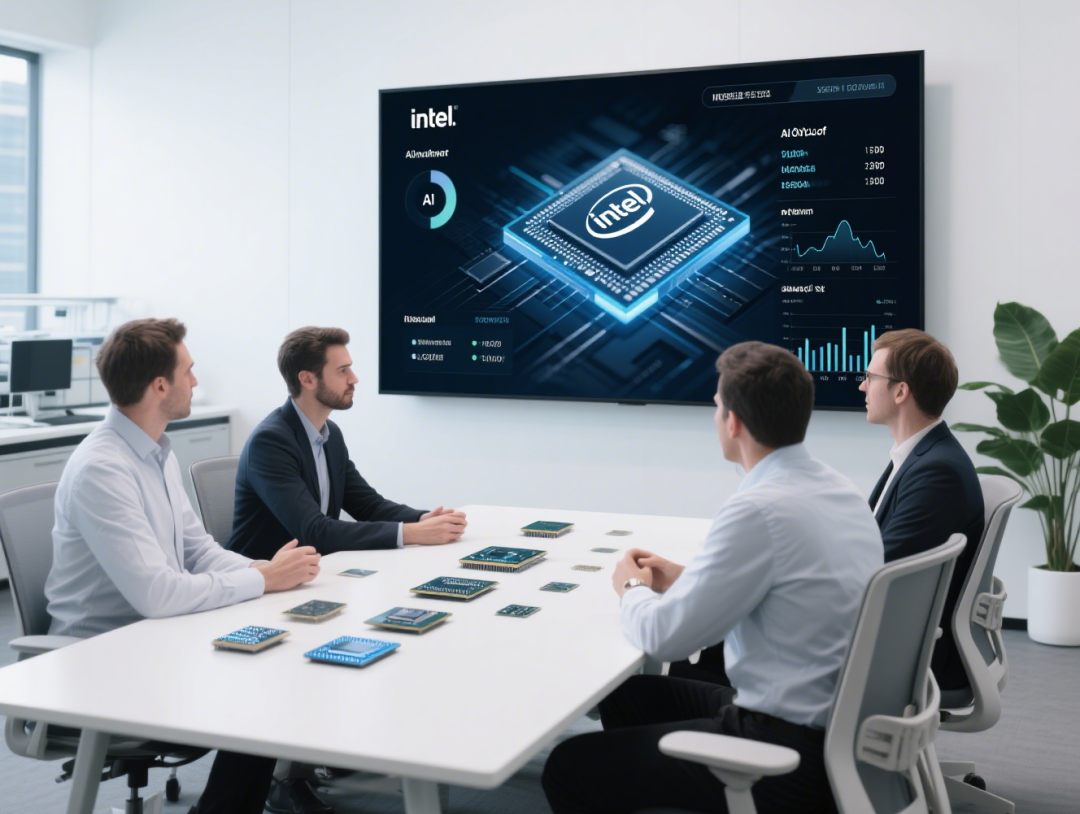
Intel Conceptual Diagram | Created by ByteSource
The once unbreakable 'Wintel' alliance is also showing cracks, as tech giants like Apple, Microsoft, and Amazon have started developing their own chips, and PC manufacturers are actively embracing other chip suppliers like AMD, with rumors even emerging of a shift from Intel to AMD. Pat Gelsinger, appointed during a time of crisis, faces a bloated empire with sluggish decision-making processes.
Therefore, cost reduction and efficiency improvement have become the most urgent tasks. In late April, Pat Gelsinger announced plans to cut expenses, including a reduction from $5 billion to $17 billion in fiscal year 2025 and a further reduction to $16 billion in 2026.
Layoffs are the most direct means of "cost savings." Before Pat Gelsinger took office, Intel had already laid off 15,000 positions in 2024.
In mid-June, Intel informed employees in the factory division (Intel's foundry business) that approximately 15%-20% of them would be laid off, with most layoffs occurring in July.
In other words, the closure of the automotive business is not an isolated incident but part of a comprehensive cost reduction and efficiency enhancement blueprint. In the face of an existential crisis, all non-core businesses that cannot generate high returns may become the next targets for divestment.
02
External Catalysts
While Intel has been busy with internal restructuring, the external landscape of computing power has already been roiling. NVIDIA's "monopoly" of computing power built on the CUDA ecosystem is not unbreakable. New forces represented by DeepSeek have explored a path to "low-cost AI" through innovations in algorithms and software, reducing the cost of a single inference to one-tenth of the industry average, proving that CPUs can also thrive in specific scenarios.
This undoubtedly opens a window for Intel. As the traditional king in the CPU field, this gives it an opportunity to redefine the battlefield – rather than competing head-on with NVIDIA in GPUs, it can leverage its deep technical accumulation to secure a share of the "AI inference" pie. Intel has placed significant emphasis on CPU inference in its AI business and launched the latest artificial intelligence chip, Gaudi3.
Intel claims that Gaudi3 has comprehensively surpassed NVIDIA's H100 chip released last year, running AI models 1.5 times faster, with an average increase of 50% in AI model inference capabilities and an average increase of 40% in energy efficiency. Gaudi3 is expected to be widely available in the third quarter, potentially securing a place in the AI chip market.
However, this window of opportunity is not exclusive to Intel. The "low-end" inference pie is not shared by Intel alone. Competitors are moving even faster and more aggressively.
AMD has joined forces with OpenAI, forming a powerful alliance of "chips-models-ecosystems." On June 13, AMD unveiled its latest Instinct MI400 and MI350 series AI chips. AMD CEO Lisa Su directly targeted NVIDIA, pointing out that AMD's new products have surpassed NVIDIA's flagship product "A100" in performance.
More notably, OpenAI CEO Sam Altman personally endorsed the event, clearly stating that OpenAI will use AMD's AI chips in the future. With Sam Altman's personal endorsement of AMD, a subtle "anti-NVIDIA alliance" was formed.
This is definitely not good news for Intel. It means that even if NVIDIA's dominance weakens, the released market space will be quickly seized by fierce competitors like AMD.
According to estimates by Citibank analysts, by 2030, NVIDIA's share of the generative AI chip market will still be as high as around 63%. With NVIDIA as a formidable obstacle and AMD and other competitors rapidly catching up, Intel has limited opportunities to maneuver.
03
Focus is the Only Bet
With internal ills and external threats, Pat Gelsinger and his Intel are standing at a crossroads that will determine their future. Looking back at the decision to disband the automotive business at this time, it seems to be a "selective abandonment" after careful calculation.
Once upon a time, Intel was the absolute king of the semiconductor industry. Before the mobile internet era, Intel almost monopolized the "heart" of the personal computer market, with "Intel Inside" serving as a golden hallmark. The double harvest in the PC and server processor markets pushed Intel's market value to a peak of over $500 billion in 1999, and its lavish investment in research and development solidified its position as a technology leader.
However, times have changed, and Intel has encountered obstacles in its manufacturing processes, with delays in the 10-nanometer process causing it to gradually fall behind its competitors. In the wave of the mobile internet, Intel missed opportunities, turning down Apple's iPhone chip orders and being left far behind by the ARM architecture.
Entering the AI era, Intel has lagged behind in the development of AI chips. Today, Intel faces a dilemma of slowing revenue growth, continuous profit margin decline, and prolonged low share prices, with a net loss of $18.8 billion in 2024. The days of "spending money like water" are gone, and facing a reality of over RMB 100 billion in losses in a single year, 21,000 layoffs, and a nearly 60% drop in market value, Intel must take iron-fisted measures to transform.
In the game of AI that will determine the technological industry landscape of the next decade, any distraction is tantamount to self-sabotage. Rather than engaging in marginal battles with competitors, it is better to concentrate all ammunition on the main battlefield. Intel has clearly proposed a strategic transformation focusing on AI and advanced process technology, concentrating resources on 18A process research and development and AI chip business.
The launch of the Gaudi3 chip is a testament to Intel's continuous innovation in the field of AI chips. By divesting non-core assets such as the automotive business, Intel is attempting to use every penny and top talent effectively.
It is worth noting that Intel once had ambitious strategic plans for the automotive business. Its Apollo Lake products quickly occupied the high-end cockpit market in the early years. Mobileye, acquired in 2017, holds a significant share in the global assisted driving market with its EyeQ chip platform, with shipments exceeding 200 million to date.
Even at CES 2024, Intel made a high-profile announcement to fully enter the automotive field, focusing on smart cockpits, electric vehicle energy AI management, and an open automotive chip customization platform, and announced cooperation with Chinese companies such as Zeekr, Mianbi Intelligence, and Black Sesame Intelligence, even locating its global automotive business headquarters in China.
However, the closure of the automotive business undoubtedly brings uncertainty to its China headquarters and established partnerships, causing excessive industry concern about the business. This is both a reluctant move and the only option. Facing a market environment that no longer allows for mistakes, Intel must abandon illusions and fight for an uncertain future.
Since taking office, Pat Gelsinger has quickly initiated the largest layoff plan in recent years while promoting organizational flattening and integrating the Network and Edge Group (NEX) to optimize resource allocation. Intel is also actively deploying a software ecosystem, developing the OpenVINO toolkit, and applying AI technology to marketing activities by outsourcing some marketing functions to Accenture to improve efficiency.
Furthermore, Intel continues to expand its foundry business, splitting Intel Foundry Services (IFS) into an independent department with the goal of surpassing Samsung to become the world's second-largest foundry by 2030.
However, analysts have mentioned that Intel needs to launch competitive AI chips within 2-3 years and ensure the timely mass production of the 18A process, otherwise, it may further lose market share. At the forefront of the new era, even a global top company like Intel faces the crisis of being surpassed and eliminated at any time.
Some images are sourced from the internet. Please inform us if there is any infringement for deletion.

